How to care for prayer plants – expert tips for keeping indoor marantas thriving
Love the way the pretty Maranta folds its leaves at night? Discover five simple tips for how to care for prayer plants
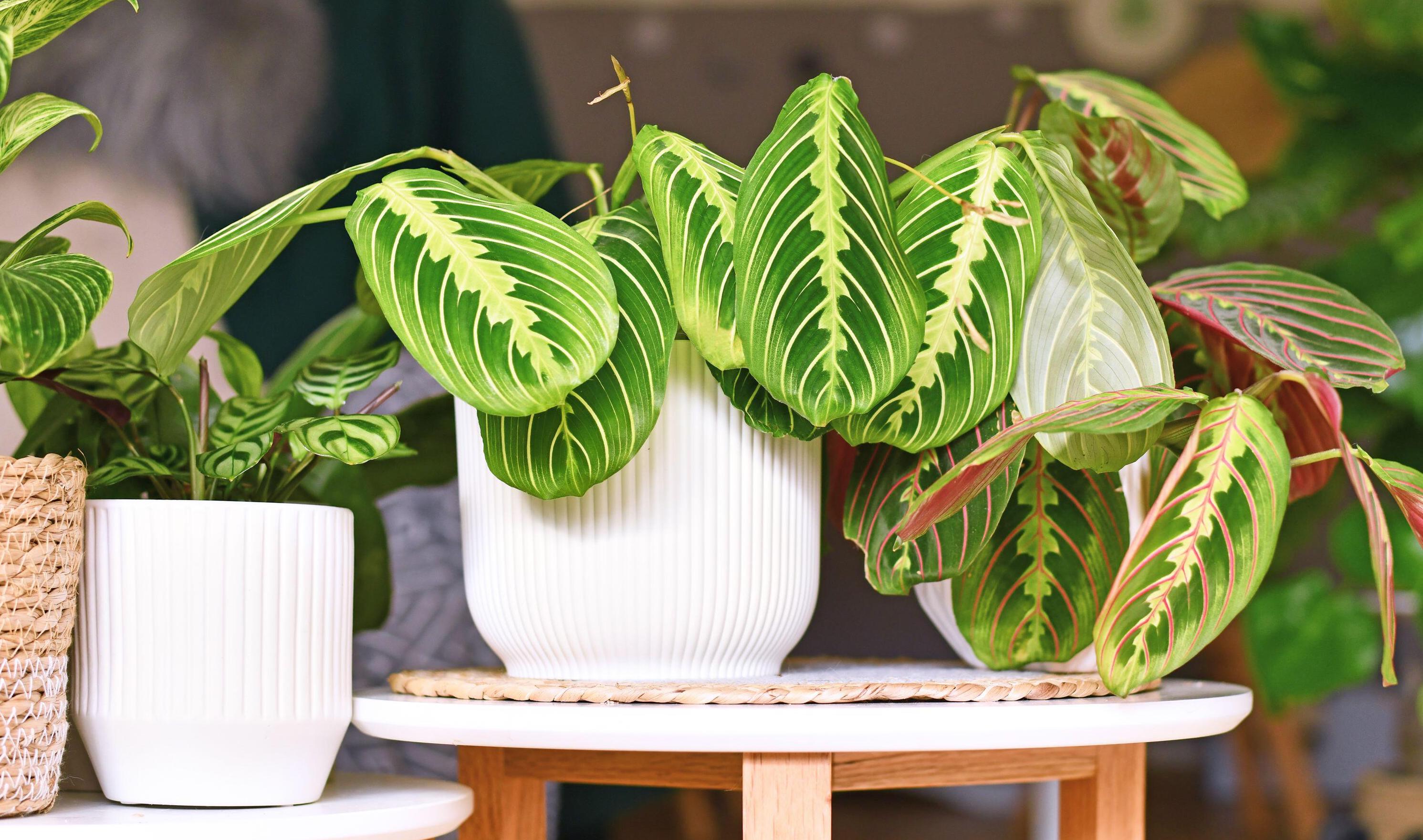
Knowing how to care for prayer plants has leapt up the horticultural priority list in recent years. Given the intricate, eye-catching patterns on its leaves, which range from striped to mottled, often with a glorious pink underbelly it's not surprising it's gained a growing fan club in style circles.
That's before we've mentioned it's party trick of folding its leaves 'in prayer' each evening. This is where this popular indoor plant earned its common moniker.
In fact, there are numerous types of prayer plant and most belong to, or are closely related to the Calathea family. One of the best known, to give it its proper name, is the Maranta leuconeura and there are several types even within this species.
'Prayer plants are one of the more unusual plants,' says Richard Cheshire, Plant Doctor at Patch. 'There are around 60 known types with different color combinations and leaf shapes. They get their name from the way they move, rising during the night and opening during the day. They’re also a level up from other indoor plants like pothos and peace lilies, so they’re great for enthusiasts or people who already have a few plants.'
'Prayer plants, in particular Maranta leuconeura, are fascinating plants native to Brazilian tropical forests,' adds Jemma Charman, co-founder of Green Rooms Market. 'In their natural habitat they are ground-dwellers, sprawling along the warm, humid rainforest floor, where they would be shaded from direct light by the larger plants above.'
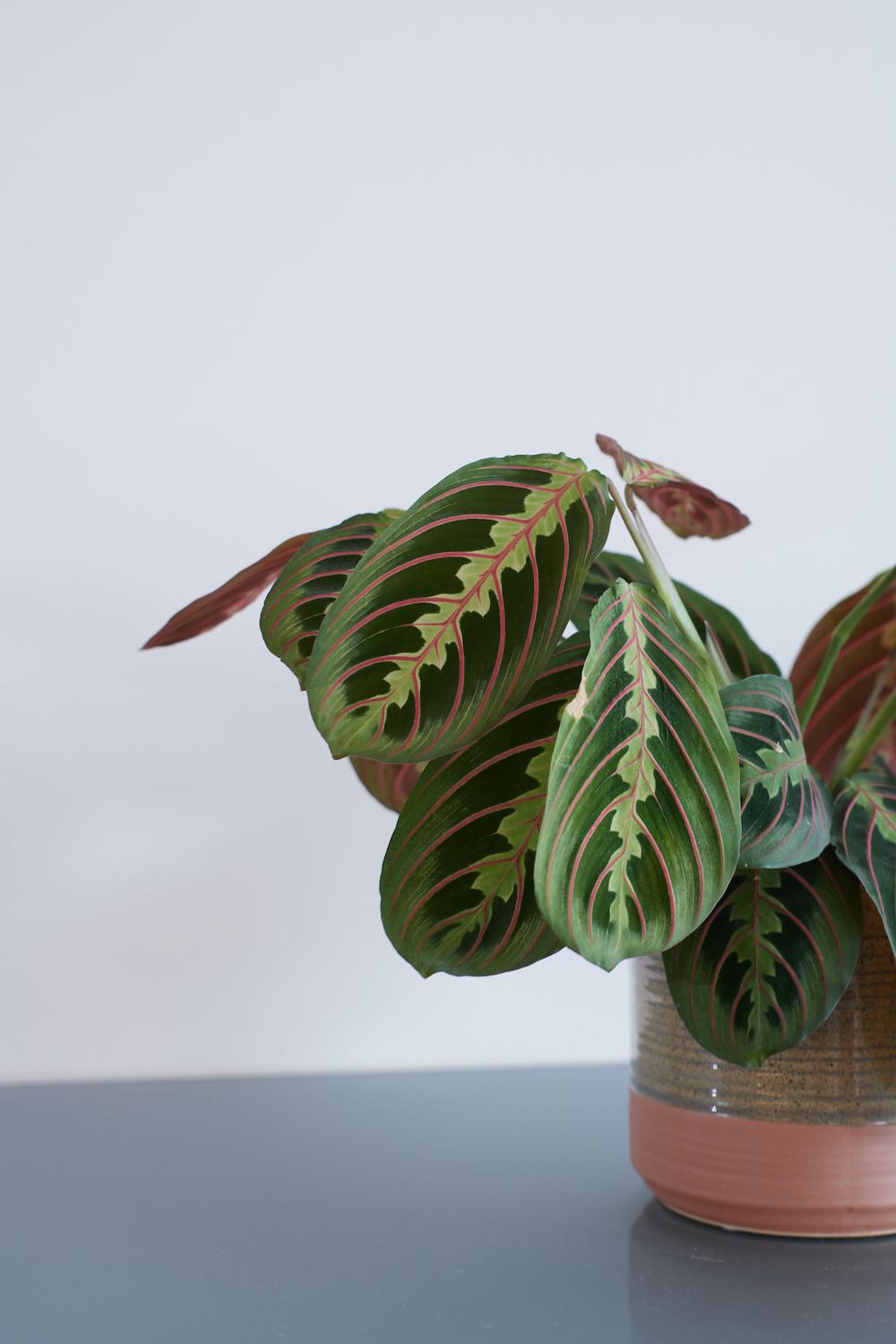
How to care for prayer plants in five simple steps
1. Place them out of direct sunlight
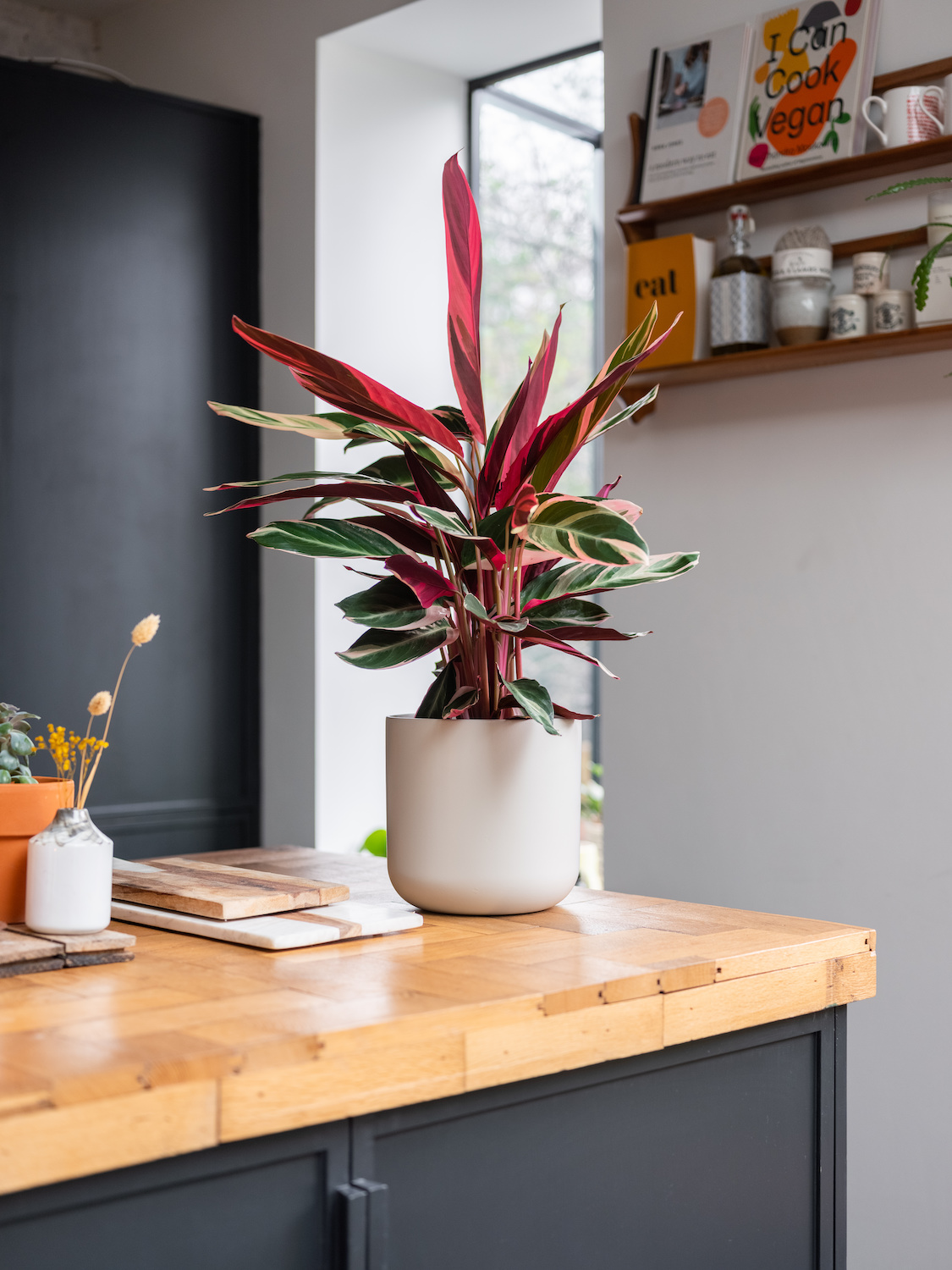
Just like with how to care for orchids, Marantas and Calatheas don't like sitting in the sun all day. So find somewhere light but where there is adequate shade too. So away from sunny shelves or window sills.
'Prayer plants thrive in medium, indirect sunlight but tolerate lower light levels too,' says Beth Chapman, founder Leaf Envy. 'Bright direct sunlight can cause the stunning colours on their leaves to fade, with prolonged exposure likely to burn and scorch their leaves.'
The Livingetc newsletters are your inside source for what’s shaping interiors now - and what’s next. Discover trend forecasts, smart style ideas, and curated shopping inspiration that brings design to life. Subscribe today and stay ahead of the curve.
'Prayer plants will manage just fine in light shade, adds Richard Cheshire, Plant Doctor at Patch.
2. Expose them to humidity

Maranta leuconeura and other similar species of prayer plant love humidity. Partly, for this reason, they have a reputation for being high maintenance.
'Understanding their native environment is a great way to know what they need from you in your home,' says Jemma Charman, Green Rooms Market. 'Marantas like a warm, humid spot like a bathroom with indirect light.
'If your bathroom doesn’t have enough light to keep them there, you can always bring them into the bathroom with you a couple of times a week while you shower to make the most of the humidity,' Jemma adds. 'Alternatively, invest in a humidifier. We wouldn’t recommend misting, unless you are doing it very regularly. It will do little to increase the humidity and can also lead to leaf rot.'
3. Wipe the leaves with a damp soft cloth
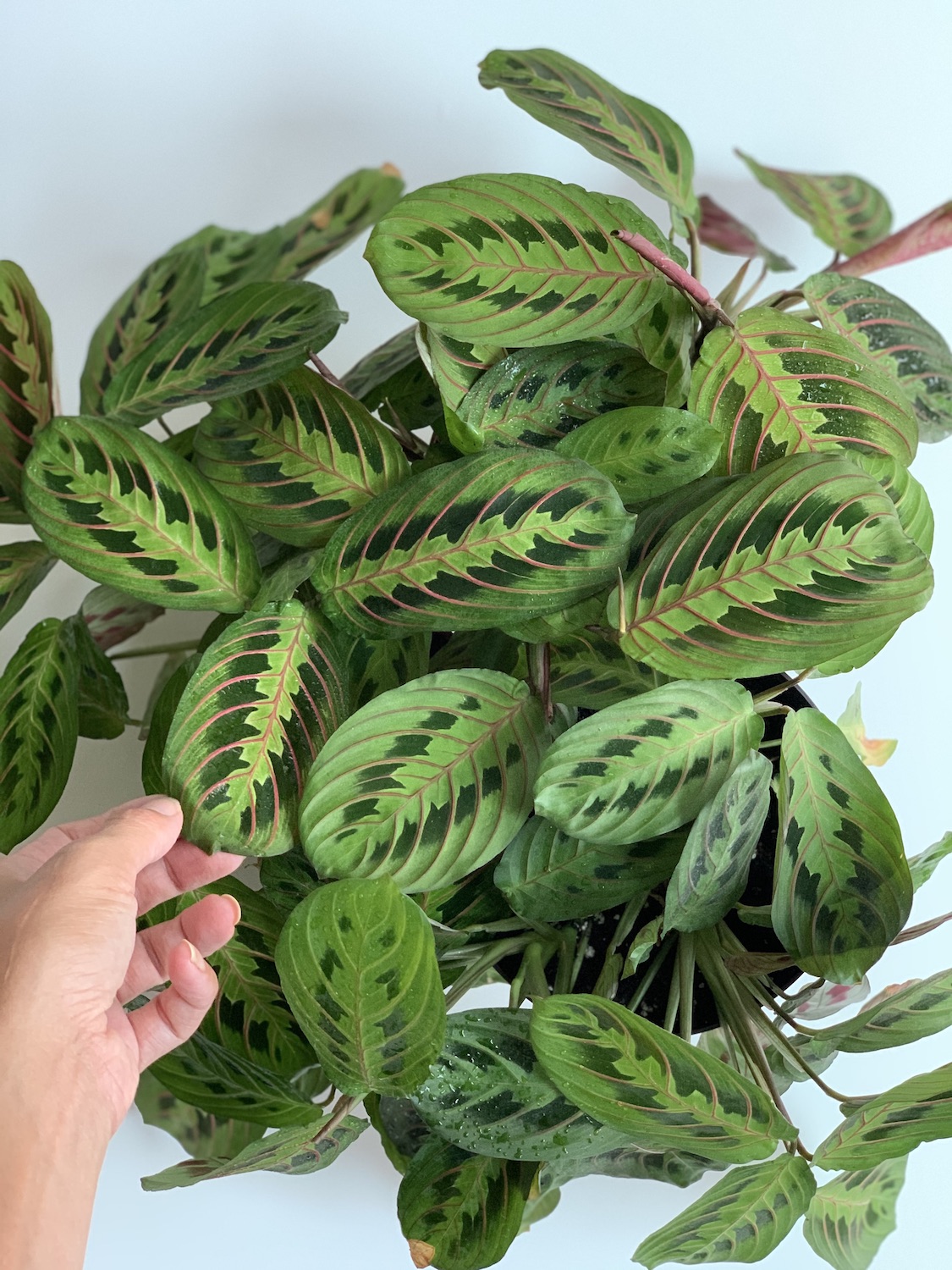
Most plants like their leaves to be kept clean and Marantas and Calatheas are no exception.
'Wiping the leaves with a damp soft cloth is always a good idea to keep them dust-free which will help them to photosynthesise effectively,' says Jemma Charman, Green Rooms Market. 'One of the things that makes these plants so popular is the way they move their leaves daily in reaction to the change from daylight to night-time.'
4. Water weekly from a filter or rain butt

Calatheas and Marantas like to be watered weekly, but like many other plants, they don't like to be waterlogged.
'Prayer plants, including Maranta, will not like to get dry between waterings,' says Jemma at Green Rooms Market. 'Once the top couple of centimetres of soil is starting to feel dry to the touch, it will be time to water. Although, reduce the frequency of watering in winter while they are not actively growing.'
'It’s best to use room-temperature filtered or rain water to water them as ‘hard water’ can mottle their colour or leave behind residue on the surface of the leaves,' adds Richard Cheshire, Plant Doctor at Patch.
'When you water them, go slowly and evenly around the surface of the soil to make sure the roots are fully immersed in water. Otherwise, some of the stems may look droopy and lifeless. Just make sure your plant is in a pot with drainage holes to remove excess water.'
'Some people like to place the pot on top of a tray of pebbles in water to give the plant a little moisture from the bottom up,' says Maddie, at Stem. 'As with all indoor plants they will thrive if the conditions they are kept in replicate their natural environment.'
5. Maintain the room temperature
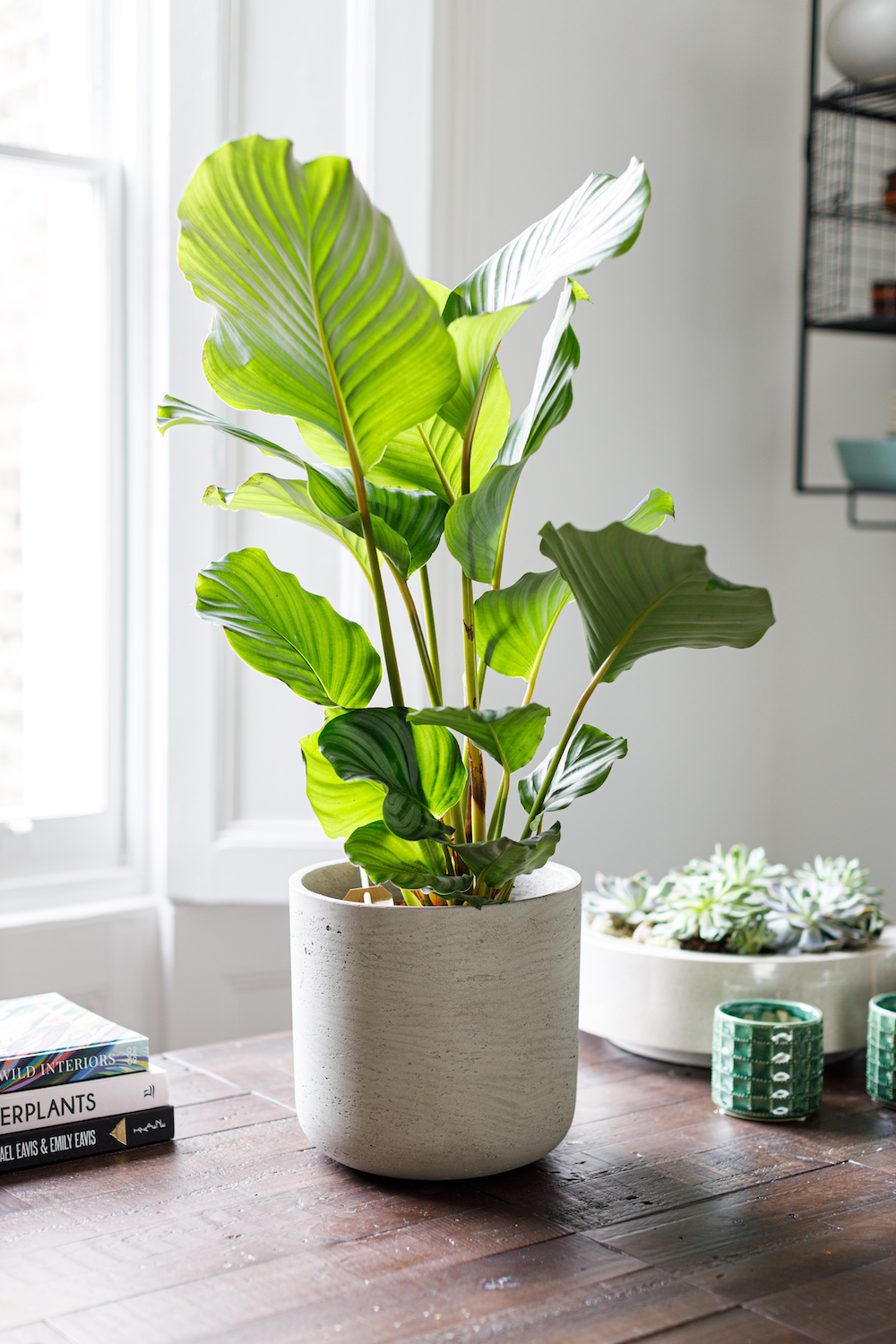
Prayer plants are as unhappy next to a drafty window sill as they are a hot, sunny one, so keep them happy and thriving in a spot that isn't exposed to either extreme.
'Calatheas and Marantas enjoy temperatures ranging from 18-25ºC,' says Beth, Chapman at Leaf Envy. 'So avoid abrupt temperature changes and keep them away from cold drafts.'
Why is it called a prayer plant?
'As daylight wanes the leaves move from their resting downward position to a near vertical position at night-time, likened to hands raising in prayer,' says Jemma Charman ofGreen Rooms Market. 'This is called nyctinastic movement.'
Are prayer plants hard to care for?
As long as you are aware of the Prayer plant's needs, they will thrive. They are a tropical plant, so they are happiest when their environment replicates that as much as possible. So if they have humidity, indirect light, clean leaves and filtered or rain water they will flourish.
Are prayer plants toxic?
'Calatheas are non-toxic and suitable for homes with small children and pets,' says Beth Chapman of Leaf Envy.
Jacky Parker is a freelance lifestyle journalist and writer, producing a wide range of features for magazines and digital platforms. She has written for Livingetc and its sister titles, Homes & Gardens and Country Homes & Interiors for more than 15 years, both as a freelance contributor and as Acting Digital Editor and Acting Style Content Editor, regularly reporting on the latest interiors, gardens and wellness inspiration, speaking to experts in their respective fields, and discovering the best tips.
Jacky has also written for other publications, including Sunday Times Style, The Telegraph, Architectural Digest, House Beautiful, ELLE Decoration, Red, Grand Designs and more.